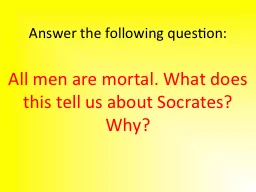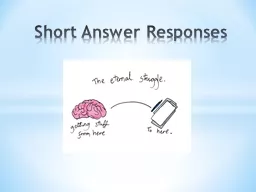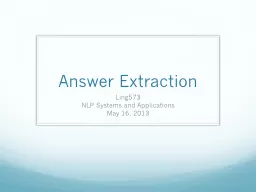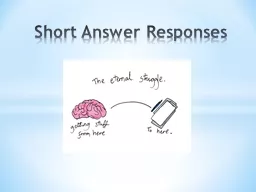PPT-Answer the following question:
Author : tatyana-admore | Published Date : 2017-07-26
All men are mortal What does this tell us about Socrates Why Aristotle 384 322 BCE Born in Stagira in Thrace near Macedonia The Stagirite Son of Nichomacus prominent
Presentation Embed Code
Download Presentation
Download Presentation The PPT/PDF document "Answer the following question:" is the property of its rightful owner. Permission is granted to download and print the materials on this website for personal, non-commercial use only, and to display it on your personal computer provided you do not modify the materials and that you retain all copyright notices contained in the materials. By downloading content from our website, you accept the terms of this agreement.
Answer the following question:: Transcript
Download Rules Of Document
"Answer the following question:"The content belongs to its owner. You may download and print it for personal use, without modification, and keep all copyright notices. By downloading, you agree to these terms.
Related Documents














